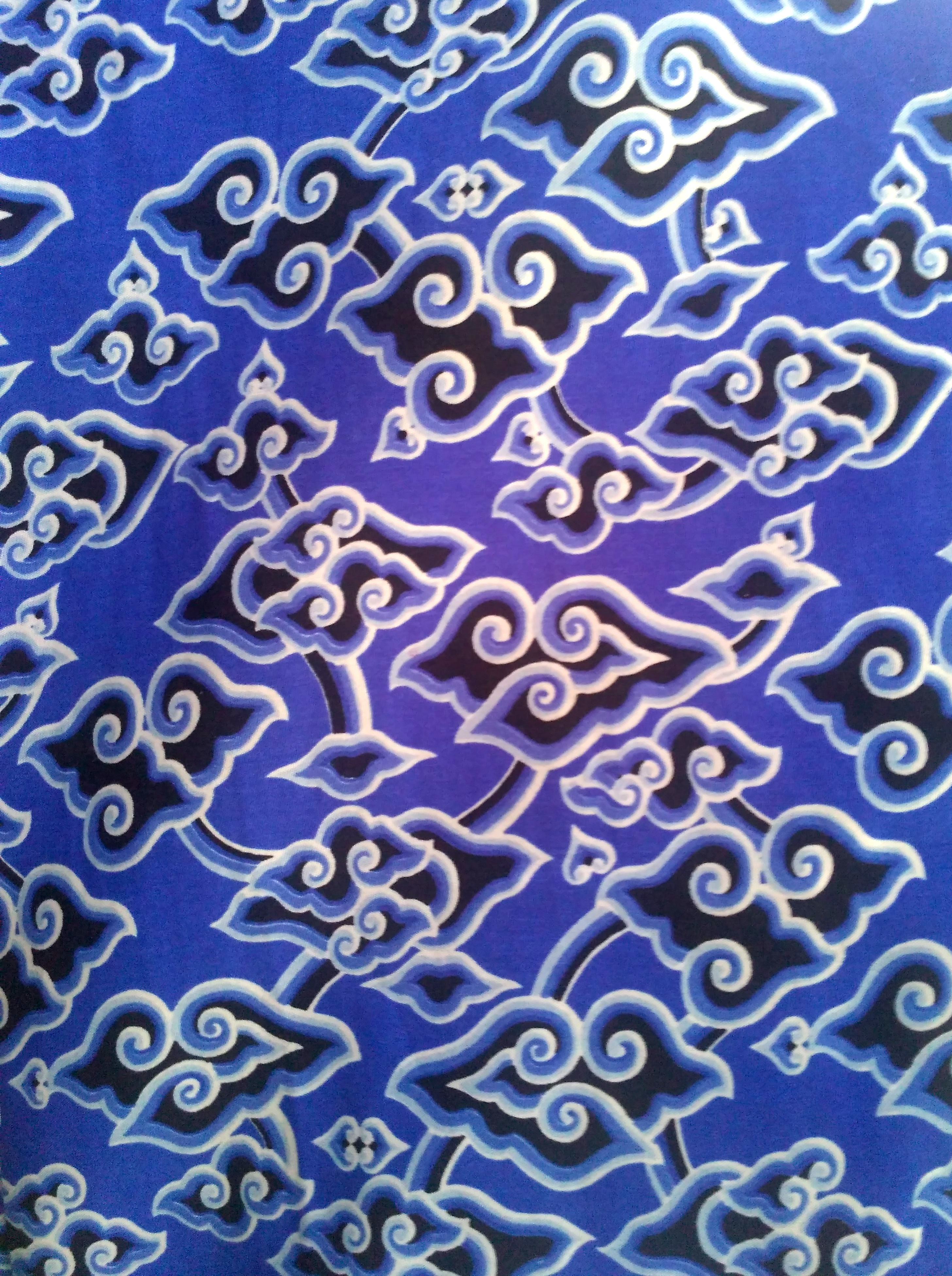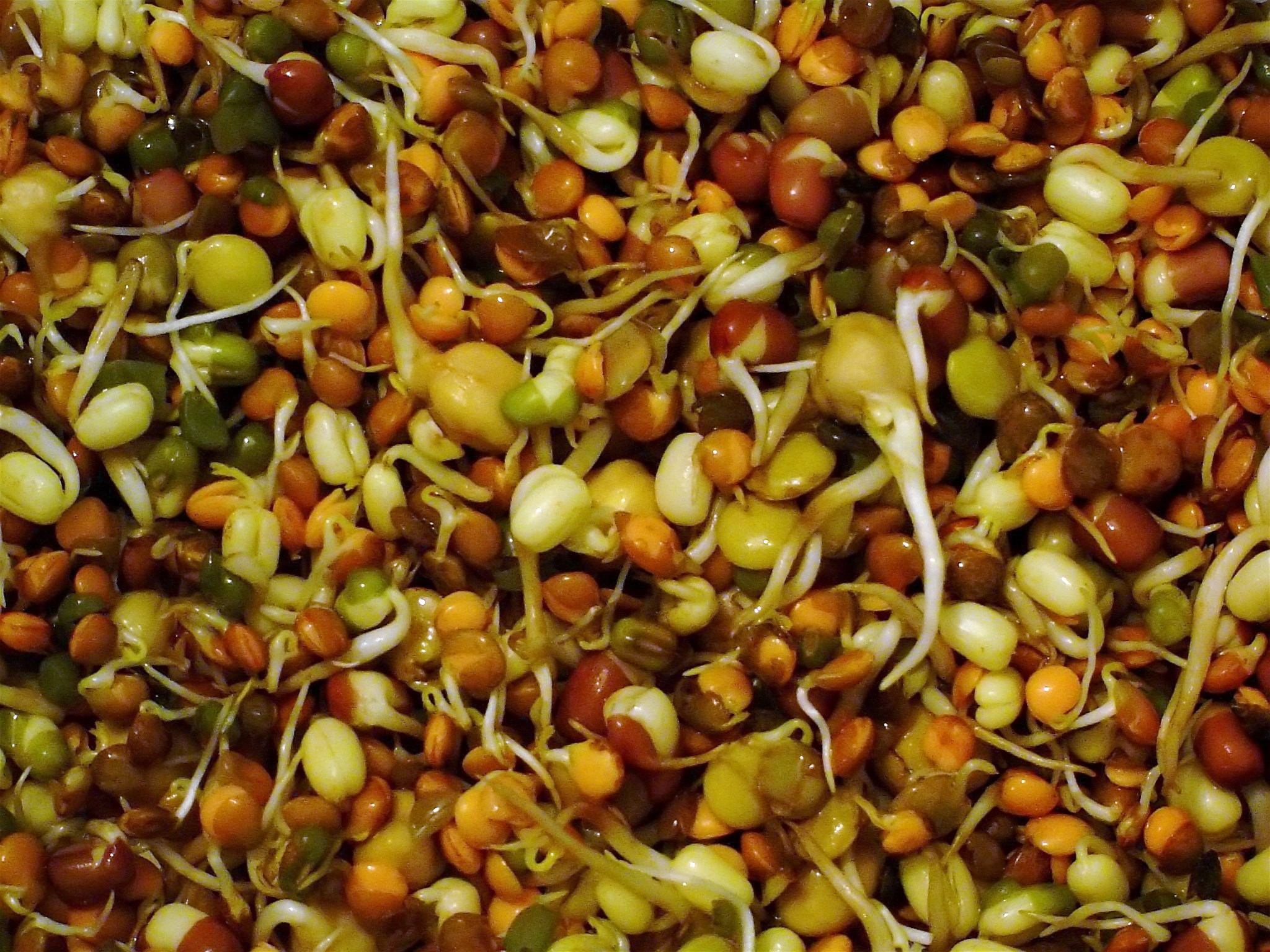|
Docang
Docang or Doclang is a traditional food from Cirebon, a port town in West Java, Indonesia. It is made of sliced of rice cake, cassava leaves, sprouts, and ''krupuk'', served in thick vegetable sauce called ''dage'', which is made of mashed tempeh mixed with grated coconut. This food has a distinctive savoury flavor and usually served warm for breakfast and it is sold in relatively affordable price. Today, authentic docang is rarely found even in Cirebon. See also * Sega Jamblang * Empal gentong Empal gentong is a spicy Indonesian curry-like beef soup originating in Cirebon, West Java. It is a variety of the Soto cuisine and is similar to gulai which is usually cooked with firewood in a ''gentong'' stove ( Javanese for clay pot). The in ... References Cirebonese cuisine Vegetarian dishes of Indonesia {{indonesia-cuisine-stub ... [...More Info...] [...Related Items...] OR: [Wikipedia] [Google] [Baidu] |
Cirebonese Cuisine
The Cirebon or Cirebonese (Indonesian language, Indonesian: ''Orang Cirebon''; Javanese language, Javanese: ''Wong Cirebon''; Sundanese language, Sundanese: ''Urang Cirebon'') are an Austronesian people, Austronesian ethnic group native to Cirebon in the northeastern region of West Java Province of Indonesia. With a population of approximately 2 million, the Cirebonese population are mainly adherents of Sunni Islam. Their native language is #Language, Cirebonese, which combines elements of both Javanese language, Javanese and Sundanese language, Sundanese, but with a heavier influence from Javanese. A recognized ethnic group Initially, Cirebonese ethnicity was closely associated with that of the Javanese people and Sundanese people, Sundanese. However, its presence later led to the formation of its own culture, ranging from a variety of coastal batik that does not follow the standards of the Javanese palace style commonly known as interior batik, until the emergence of traditio ... [...More Info...] [...Related Items...] OR: [Wikipedia] [Google] [Baidu] |
Traditional Food
Traditional foods are foods and Dish (food), dishes that are passed on through generations or which have been consumed for many generations. Traditional foods and dishes are traditional in nature, and may have a historic precedent in a national dish, regional cuisine or local cuisine. Traditional foods and beverages may be produced as homemade, by restaurants and small manufacturers, and by large food processing plant facilities. Some traditional foods have geographical indications and traditional specialties in the European Union designations per European Union schemes of geographical indications and traditional specialties: Protected designation of origin (PDO), Protected geographical indication (PGI) and Geographical indications and traditional specialties in the European Union#Traditional specialties guaranteed (TSG), Traditional specialties guaranteed (TSG). These standards serve to promote and protect names of quality agricultural products and foodstuffs. This article also ... [...More Info...] [...Related Items...] OR: [Wikipedia] [Google] [Baidu] |
Cirebon
Cirebon (, formerly rendered Cheribon or Chirebon in English) is a port city on the northern coast of the Indonesian island of Java. It is the only coastal city of West Java, located about 40 km west of the provincial border with Central Java, approximately east of Jakarta, at . It had a population of 296,389 at the 2010 censusBiro Pusat Statistik, Jakarta, 2011. and 333,303 at the 2020 census;Badan Pusat Statistik, Jakarta, 2021. the official estimate as at mid 2024 was 344,851 (comprising 173,052 males and 171,799 females). The built-up area of Cirebon reaches out from the city and into the surrounding regency of the same name; the official metropolitan area encompasses the whole of this regency as well as the city, and covers an area of , with a 2010 census population of 2,363,585; the 2020 census total was 2,603,924 and the official estimate as at mid 2024 was 2,732,822. Straddling the border between West and Central Java, Cirebon's history has been influenced by bo ... [...More Info...] [...Related Items...] OR: [Wikipedia] [Google] [Baidu] |
West Java
West Java (, ) is an Indonesian Provinces of Indonesia, province on the western part of the island of Java, with its provincial capital in Bandung. West Java is bordered by the province of Banten and the country's capital region of Jakarta to the west, the Java Sea to the north, the province of Central Java to the east and the Indian Ocean to the south. With Banten, this province is the native homeland of the Sundanese people, the Ethnic groups in Indonesia, second-largest ethnic group in Indonesia. West Java was one of the first eight provinces of Indonesia formed following the Proclamation of Indonesian Independence, country's independence proclamation and was later legally re-established on 14 July 1950. In 1966, the city of Jakarta was split off from West Java as a 'special capital region' (), with a status equivalent to that of a province, while in 2000 the western parts of the province were in turn split away to form a separate Banten province. Even following these split- ... [...More Info...] [...Related Items...] OR: [Wikipedia] [Google] [Baidu] |
Indonesia
Indonesia, officially the Republic of Indonesia, is a country in Southeast Asia and Oceania, between the Indian Ocean, Indian and Pacific Ocean, Pacific oceans. Comprising over List of islands of Indonesia, 17,000 islands, including Sumatra, Java, Sulawesi, and parts of Borneo and New Guinea, Indonesia is the world's largest archipelagic state and the List of countries and dependencies by area, 14th-largest country by area, at . With over 280 million people, Indonesia is the world's List of countries and dependencies by population, fourth-most-populous country and the most populous Islam by country, Muslim-majority country. Java, the world's List of islands by population, most populous island, is home to more than half of the country's population. Indonesia operates as a Presidential system, presidential republic with an elected People's Consultative Assembly, legislature and consists of Provinces of Indonesia, 38 provinces, nine of which have Autonomous administrative divisi ... [...More Info...] [...Related Items...] OR: [Wikipedia] [Google] [Baidu] |
Lontong
''Lontong'' () is an Indonesian cuisine, Indonesian dish made of compressed rice cake in the form of a Cylinder (geometry), cylinder wrapped inside a banana leaf, commonly found in Indonesia, Malaysia, and Singapore. Rice is rolled inside a banana leaf and boiled, then cut into small cakes as a staple food replacement for steamed rice. The texture is similar to that of ''ketupat'', with the difference being that the ''ketupat'' container is made from woven ''janur'' (young coconut leaf) fronds, while ''lontong'' uses banana leaves instead. It is commonly called ''nasi himpit'' (lit. "pressed rice") in Malaysia, despite being created using other methods. ''Arem-arem'' also known as ''lontong isi'' is a smaller version of ''lontong'' and "halal" distant relative of ''bakcang'', filled with vegetables and occasionally meat, eaten as a snack. The dish is usually served hot or at room temperature with peanut sauce-based dishes such as ''gado-gado'', ''karedok'', ''Ketoprak (food), k ... [...More Info...] [...Related Items...] OR: [Wikipedia] [Google] [Baidu] |
Cassava
''Manihot esculenta'', common name, commonly called cassava, manioc, or yuca (among numerous regional names), is a woody shrub of the spurge family, Euphorbiaceae, native to South America, from Brazil, Paraguay and parts of the Andes. Although a perennial plant, cassava is extensively cultivated in tropical and subtropical regions as an annual crop for its edible starchy tuberous root. Cassava is predominantly consumed in boiled form, but substantial quantities are processed to extract cassava starch, called tapioca, which is used for food, animal feed, and industrial purposes. The Brazilian , and the related ''garri'' of West Africa, is an edible coarse flour obtained by grating cassava roots, pressing moisture off the obtained grated pulp, and finally drying it (and roasting in the case of both and ''garri''). Cassava is the third-largest source of carbohydrates in food in the tropics, after rice and maize, making it an important staple food, staple; more than 500 million pe ... [...More Info...] [...Related Items...] OR: [Wikipedia] [Google] [Baidu] |
Bean Sprout
Sprouting is the natural process by which seeds or spores germinate and put out shoots, and already established plants produce new leaves or buds, or other structures experience further growth. In the field of nutrition, the term signifies the practice of germinating seeds (for example, mung beans or sunflower seeds) to be eaten raw or cooked, which is considered more nutritious. Suitable seeds All viable seeds can be sprouted, but some sprouts, such as kidney beans, should not be eaten raw. Bean sprouts are a common ingredient across the world. They are particularly common in Eastern Asian cuisine. It typically takes one week for them to become fully grown. The sprouted beans are more nutritious than the original beans, and they require much less cooking time. There are two common types of bean sprouts: * Mung bean sprouts, made from greenish-capped mung beans * Soybean sprouts, made from yellow, large-grained soybeans Common sprouts used as food include: * ... [...More Info...] [...Related Items...] OR: [Wikipedia] [Google] [Baidu] |
Krupuk
' (Javanese language, Javanese) is an Indonesian cuisine, Indonesian deep frying, deep-fried Cracker (food), cracker made from starch and other ingredients that serve as flavouring. They are a popular snack in parts of Southeast Asia, but are most closely associated with Indonesian cuisine, Indonesia. ''Kroepoek'' also can be found in the Netherlands, through their Dutch East Indies, historic colonial ties with Indonesia. Etymology ''Krupuk'' in Javanese language, Javanese means "fried side dish" (made of flour, mixed with other ingredients). The word was later absorbed into other languages and stylized according to local pronunciations. In Indonesia, Brunei, Malaysia, Thailand, Singapore, and the Philippines, ''krupuk'' is known under a general name with minor phonetic variations. It is called "" in Indonesian, while in Malay, it is "". In Dutch, it is "'" ("oe" being equivalent to "u"), which was also the Van Ophuijsen Spelling System, original spelling prior to the estab ... [...More Info...] [...Related Items...] OR: [Wikipedia] [Google] [Baidu] |
Tempeh
Tempe or tempeh (; , ) is a traditional Indonesian food made from fermented soybeans. It is made by a natural culturing and controlled fermentation process that binds soybeans into a cake form. A fungus, '' Rhizopus oligosporus'' or '' Rhizopus oryzae'', is used in the fermentation process and is also known as tempeh starter. It is especially popular on the island of Java, where it is a staple source of protein. Like tofu, tempeh is made from soybeans, but it is a whole-soybean product with different nutritional characteristics and textural qualities. Tempeh's fermentation process and its retention of the whole bean give it a higher content of protein, dietary fiber, and vitamins. It has a firm texture and an earthy flavor, which becomes more pronounced as it ages. Etymology The term ''tempe'' is thought to be derived from the Old Javanese , a whitish food made of fried batter made from sago or rice flour which resembles '' rempeyek''. The historian Denys Lombard also sugg ... [...More Info...] [...Related Items...] OR: [Wikipedia] [Google] [Baidu] |
Coconut
The coconut tree (''Cocos nucifera'') is a member of the palm tree family (biology), family (Arecaceae) and the only living species of the genus ''Cocos''. The term "coconut" (or the archaic "cocoanut") can refer to the whole coconut palm, the seed, or the fruit, which botanically is a drupe, not a Nut (fruit), nut. Originally native to Central Indo-Pacific, they are now ubiquitous in coastal tropical regions and are a cultural icon of the tropics. The coconut tree provides food, fuel, cosmetics, folk medicine and building materials, among many other uses. The inner flesh of the mature seed, as well as the coconut milk extracted from it, forms a regular part of the diets of many people in the tropics and subtropics. Coconuts are distinct from other fruits because their endosperm contains a large quantity of an almost clear liquid, called "coconut water" or "coconut juice". Mature, ripe coconuts can be used as edible seeds, or processed for Coconut oil, oil and Coconut milk, ... [...More Info...] [...Related Items...] OR: [Wikipedia] [Google] [Baidu] |








